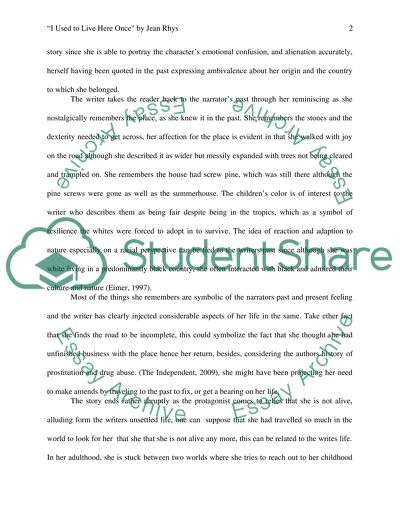Cite this document
(“Essay of I Used to Live Here Once by Jean Rhys”, n.d.)
Retrieved from https://studentshare.org/english/1458889-essay-of-i-used-to-live-here-once-by-jean-rhys
Retrieved from https://studentshare.org/english/1458889-essay-of-i-used-to-live-here-once-by-jean-rhys
(Essay of I Used to Live Here Once by Jean Rhys)
https://studentshare.org/english/1458889-essay-of-i-used-to-live-here-once-by-jean-rhys.
https://studentshare.org/english/1458889-essay-of-i-used-to-live-here-once-by-jean-rhys.
“Essay of I Used to Live Here Once by Jean Rhys”, n.d. https://studentshare.org/english/1458889-essay-of-i-used-to-live-here-once-by-jean-rhys.


